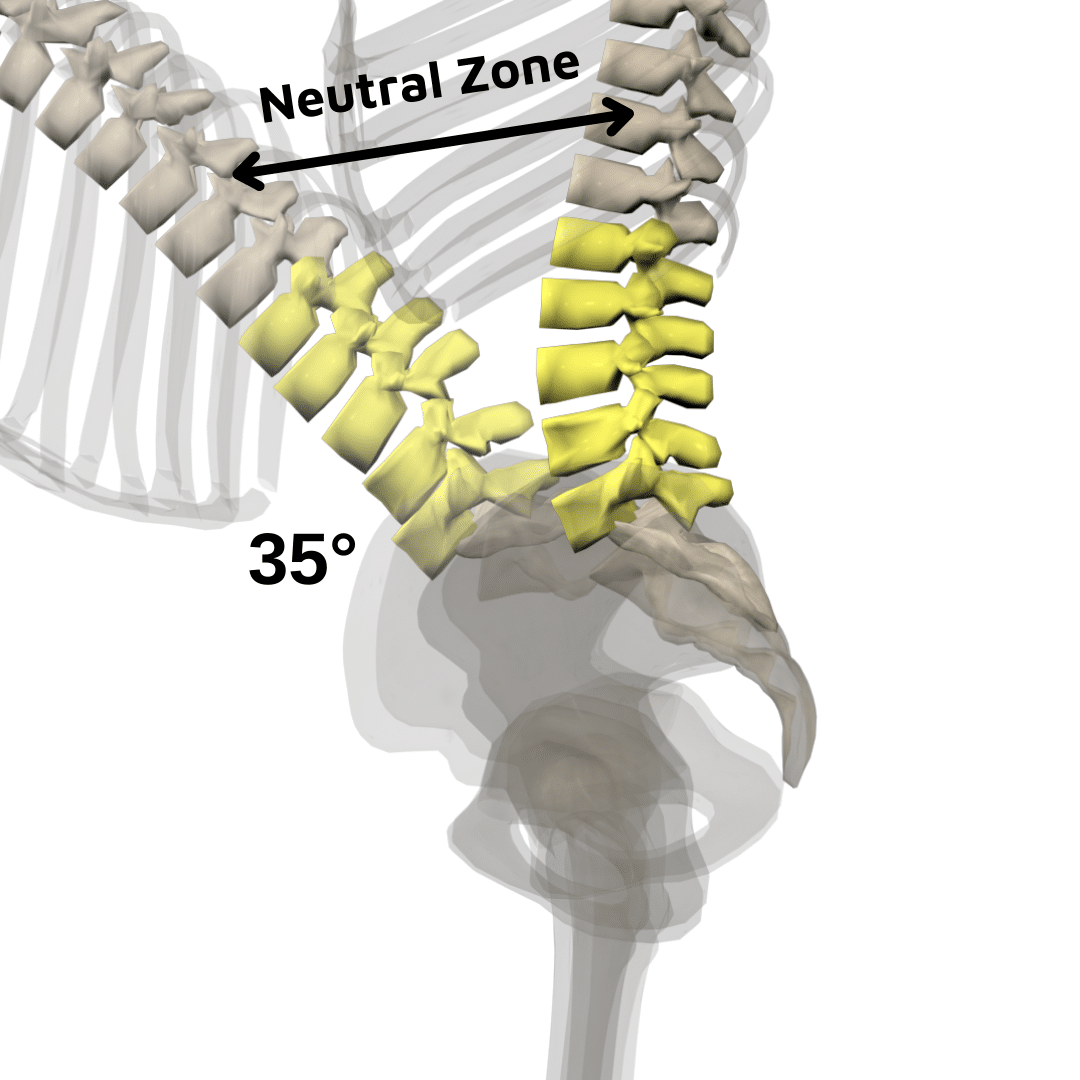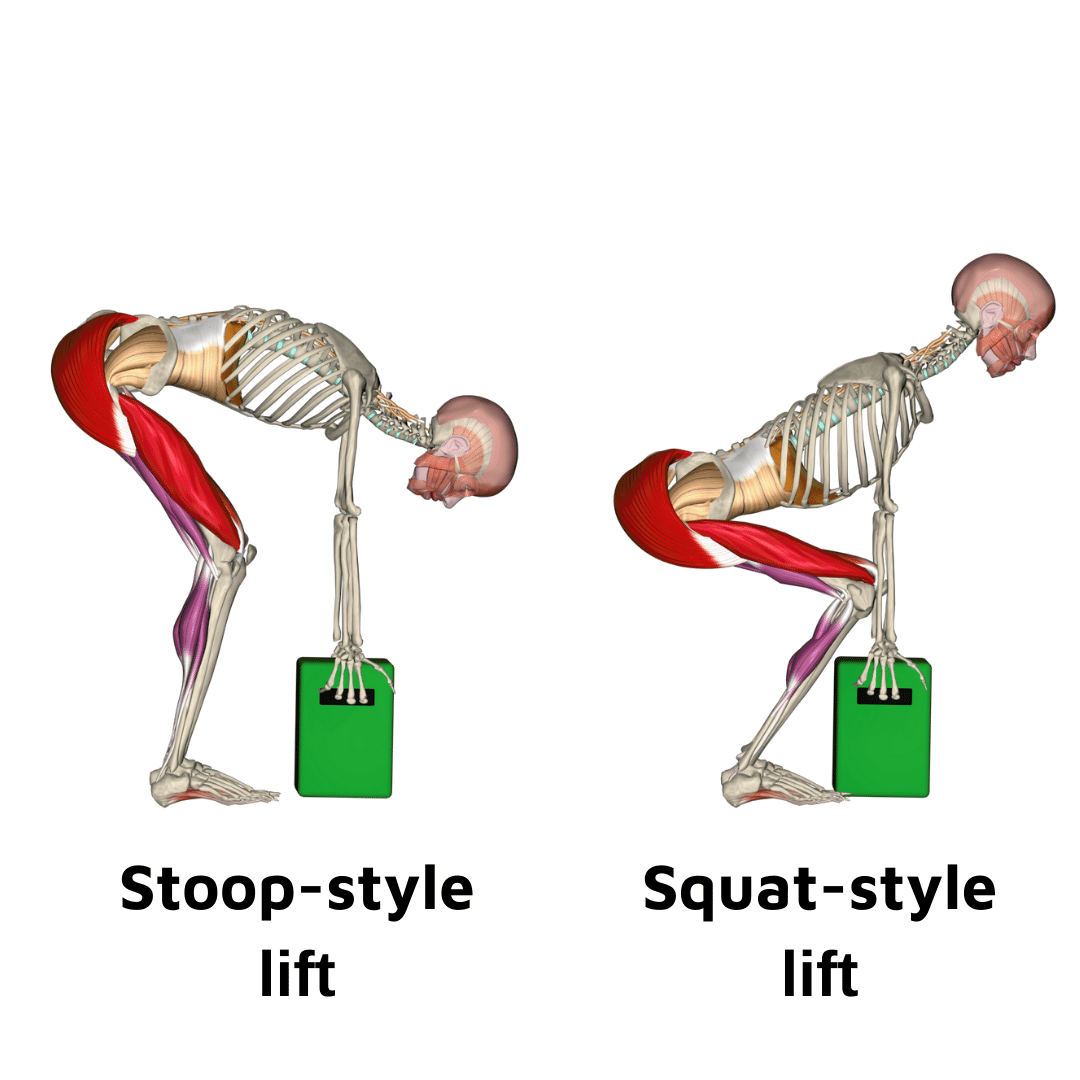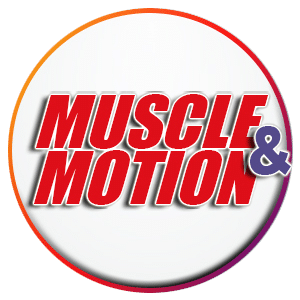Lifting objects from the ground is an essential daily activity we all regularly perform. For many years, we used to believe lifting with spinal flexion could be a risk factor for lower back injuries and pain. Today, we know lifting with a flexed spine is not necessarily harmful, and there is no one way to lift an object from the ground.
This Muscle and Motion article will review the latest evidence about why lifting with a flexed spine is not harmful. We hope we will encourage you to try different lifting techniques that will enable you to more comfortably lift objects and will help you find a way to continue functioning even if you’re having pain during a certain lift.
Tracing the belief: Where did the idea of harmful spinal flexion during lifting begin?
The idea that spinal flexion can be harmful came from biomechanical studies on corpses (humans and animals). Those studies showed that loading a spinal motion segment when it is out of neutral appears to be more damaging to the disc than loading it in neutral.[1,2,3,4] Because of those studies, for years, we told people to squat and lift with a “straight back,” but low back pain still remained quite common.[5]
Defining a neutral spine
Before reviewing studies on living humans and exploring if spinal flexion leads to injuries, we should ask what lifting with a neutral spine looks like and if it is even possible. To assess spinal flexion, we need to measure the difference in flexion of the sacrum versus the amount of flexion at L1.
A neutral spine zone is typically breached if the spine is flexed more than 35% of its range of motion. Given that the average human has an active lumbar flexion range of 55 degrees, approximately 19 degrees represents the threshold at which spines exit the neutral zone. Studies have shown that even when individuals attempt to maintain a neutral or lordotic spine during exercises, a significant degree of spinal flexion occurs.[6]

Inevitability of spinal flexion
Even if it appears that a person is exercising with a neutral spine, they are often inadvertently flexing it, and avoiding this flexion is virtually impossible.[7] For instance, individuals attempting to squat with a neutral spine typically achieve about 50% of maximal spinal flexion, while those deadlifting with a neutral spine can still exhibit around 80% of maximal spinal flexion.[8]
Many studies have shown that even when people try to maintain a neutral or lordotic spine during different exercises, they have a lot of flexion in the spine.[8]
Absence of evidence for harm
To date, there is no conclusive data linking spinal flexion to disc herniation in living human subjects. In fact, available evidence suggests that discs can herniate at similar rates in both spinal flexion and neutral spine positions.[9] A systematic review conducted in 2020 found that all the cross-sectional studies detected no difference in lumbar spine positioning during lifting between participants with and without lower back pain.
Furthermore, there was no difference in peak lumbar flexion, increased disc compression, or shear forces when lifting with more spinal flexion. Consequently, the researchers concluded that there was no longitudinal relationship between increased spinal flexion and either the persistence or onset of lower back pain.[10]
Can we visually discern lower lumbar flexion with our naked eyes?
Here is a question for you: Can you see which of the lifting styles in the picture have more flexion in the lower lumbar spine? The stoop or the squat style?

If you guessed that one of the styles has more flexion in the lower lumbar region, you were incorrect! Both styles exhibit similar levels of flexion in the lower lumbar region. Any additional spinal flexion observed predominantly arises from the upper lumbar or thoracic regions. [11]
Considering that over 90% of herniated discs occur in the L4-L5 or L5-S1 discs, which are in the lower lumbar region, it implies that the specific lifting movement may not have a substantial impact.[12]
In summary, achieving a truly neutral spine during lifting seems unattainable, as even attempts to do so result in some degree of flexion. Contrary to previous beliefs, flexing the spine during various exercises is not a risk factor for lower back pain or injury in living individuals. In fact, flexing the spine is sometimes employed as a rehabilitation exercise.
It’s crucial to recognize that everyone’s spine is unique, and there is no universally applicable lifting technique.
Before you modify your lifting technique or introduce new movement patterns into your routine, taking a gradual approach is highly recommended. Allowing your body to strengthen progressively as you move forward is safer than attempting to adopt a completely different lifting style with heavy weights right from the start.
Ever wondered what makes our anatomical animations so accurate and engaging? Click here to learn about our Quality Commitment and the experts behind our content.
At Muscle and Motion, we believe that knowledge is power, and understanding the ‘why’ behind any exercise is essential for your long-term success.
Let the Strength Training App help you achieve your goals! Sign up for free.
Reference:
- Schollum, M. L., Wade, K. R., Shan, Z., Robertson, P. A., Thambyah, A., & Broom, N. D. (2018). The influence of concordant complex posture and loading rate on motion segment failure: A mechanical and microstructural investigation. Spine, 43(19), E1116–E1126.
- Wade, K. R., Schollum, M. L., Robertson, P. A., Thambyah, A., & Broom, N. D. (2017). A more realistic disc herniation model incorporating compression, flexion and facet-constrained shear: a mechanical and microstructural analysis. Part I: Low rate loading. European Spine Journal: Official Publication of the European Spine Society, the European Spinal Deformity Society, and the European Section of the Cervical Spine Research Society, 26(10), 2616–2628.
- Wade, K. R., Robertson, P. A., Thambyah, A., & Broom, N. D. (2014). How healthy discs herniate: a biomechanical and microstructural study investigating the combined effects of compression rate and flexion. Spine, 39(13), 1018–1028.
- Berger-Roscher, N., Casaroli, G., Rasche, V., Villa, T., Galbusera, F., & Wilke, H.-J. (2017). Influence of complex loading conditions on intervertebral disc failure. Spine, 42(2), E78–E85
- van Dieën, J. H., Hoozemans, M. J., & Toussaint, H. M. (1999). Stoop or squat: a review of biomechanical studies on lifting technique. Clinical Biomechanics (Bristol, Avon), 14(10), 685–696.
- Callaghan, J. P., & McGill, S. M. (2001). Intervertebral disc herniation: studies on a porcine model exposed to highly repetitive flexion/extension motion with compressive force. Clinical Biomechanics (Bristol, Avon), 16(1), 28–37.
- Montgomery, T., Boocock, M., & Hing, W. (2011). The effects of spinal posture and pelvic fixation on trunk rotation range of motion. Clinical Biomechanics (Bristol, Avon), 26(7), 707–712.
- Edington C. “Lumbar spine kinematics and kinetics during heavy barbell squat and deadlift variations” (Doctoral dissertation), University of Saskatchewan Saskatoon; 2017.
- Veres, S. P., Robertson, P. A., & Broom, N. D. (2010). ISSLS prize winner: how loading rate influences disc failure mechanics: a microstructural assessment of internal disruption. Spine, 35(21), 1897–1908.
- Saraceni, N., Kent, P., Ng, L., Campbell, A., Straker, L., & O’Sullivan, P. (2020). To flex or not to flex? Is there a relationship between lumbar spine flexion during lifting and low back pain? A systematic review with meta-analysis. The Journal of Orthopaedic and Sports Physical Therapy, 50(3), 121–130.
- van Dieën, J. H., Hoozemans, M. J., & Toussaint, H. M. (1999). Stoop or squat: a review of biomechanical studies on lifting technique. Clinical Biomechanics (Bristol, Avon), 14(10), 685–696.
- Donnally, C. J., III, Butler, A. J., & Varacallo, M. (2022). Lumbosacral Disc Injuries. In StatPearls [Internet]. StatPearls Publishing.


